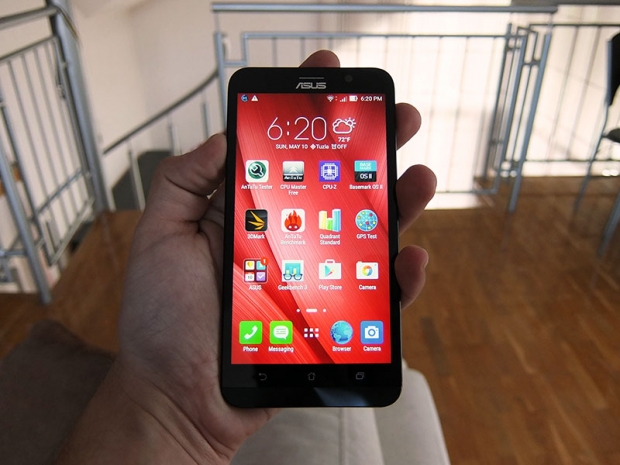Index
Audio, Display and Camera Quality
The Zenfone features a 5.5-inch 400-nit display in 1920x1080. The panel is protected by Gorilla Glass 3 and has relatively big bezels. The good news is that viewing angles are good, which we’ve come to expect from IPS panels. However, the screen is not very bright and contrast is average at best. Outdoors, the display may struggle with a lot of ambient light. In addition, the Auto brightness setting is a tad on the low side and could do with a bit more tweaking.
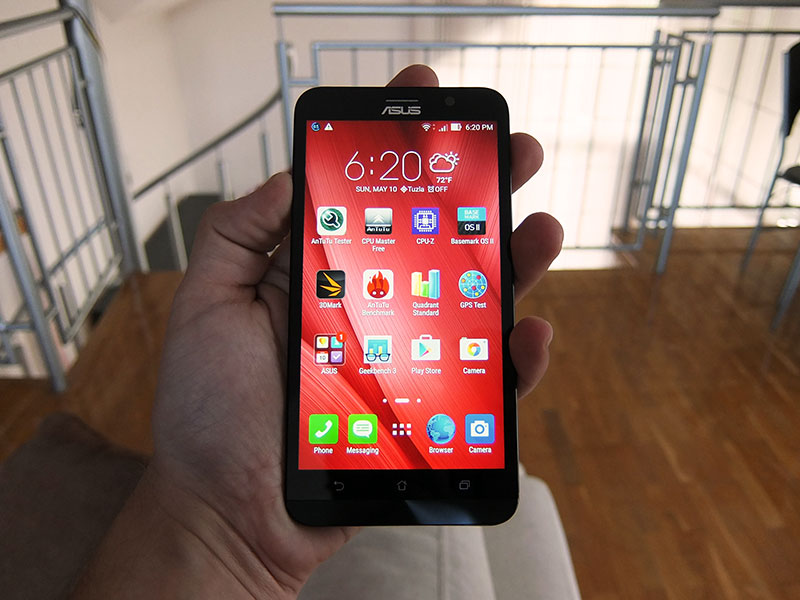
Pixel density (~400ppi) is not an issue, and neither are the colours. Asus also provides a few convenient pre-sets and additional controls, allowing you to tweak the colour temperature and a few other settings with a few swipes. This is a nice touch.
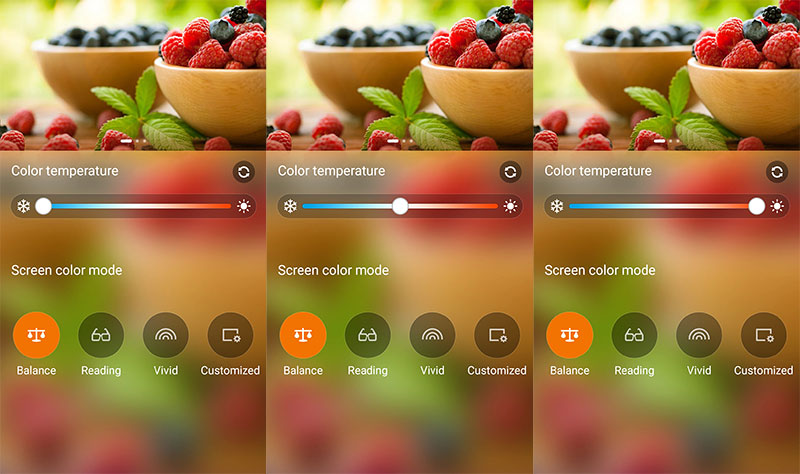
As far as audio quality goes, the rear speaker isn’t very loud. You could have expected more, looking at the oversized speaker grille, but there’s just one driver and it’s not very powerful. On the other hand, line out is very good indeed. This is good news for all you fitness buffs out there, if you’re addicted to your headphones, the new Zenfone won’t let you down. Speaking of headphones, the Zenfone 2 does not ship with a headset.
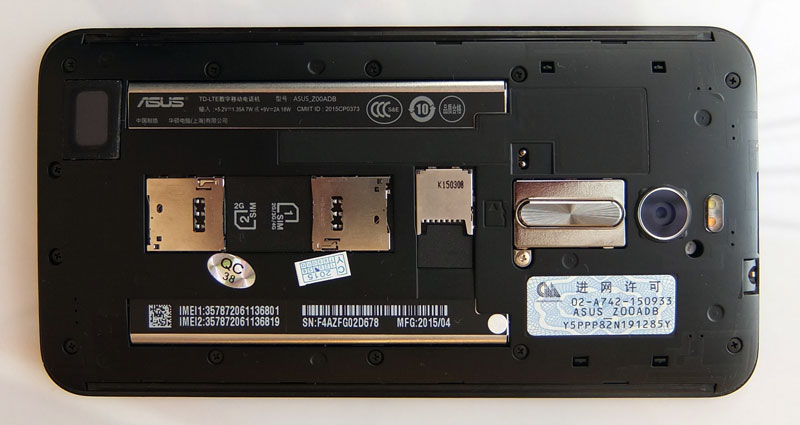
Phone functionality is obviously not a problem for the Zenfone. Reception is good, and so is audio. The noise cancelling mic does a good job and there is really nothing to complain about. This is a dual SIM device with dual standby, which could be a selling point for some consumers.
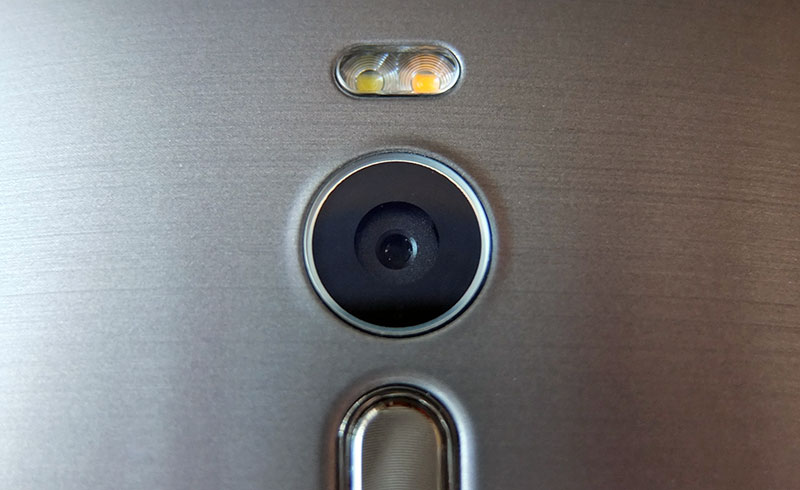
The camera, however, leaves much to be desired. A 13-megapixel sensor with a relatively fast f/2.0 lens and dual-tone flash looks good on paper, but the results aren’t very impressive. While this is a relatively inexpensive device, we’ve seen much cheaper phones with similar cameras (in some cases eve better ones). The devil is in the detail, literally.

Low-light images suffer from aggressive noise reduction, which kills much of the detail in the process. As our indoor samples show, even in relatively good light, the Zenfone’s camera hammers the images with loads of post-processing. The end result is visible in 100% crops, and the watercolour effect.
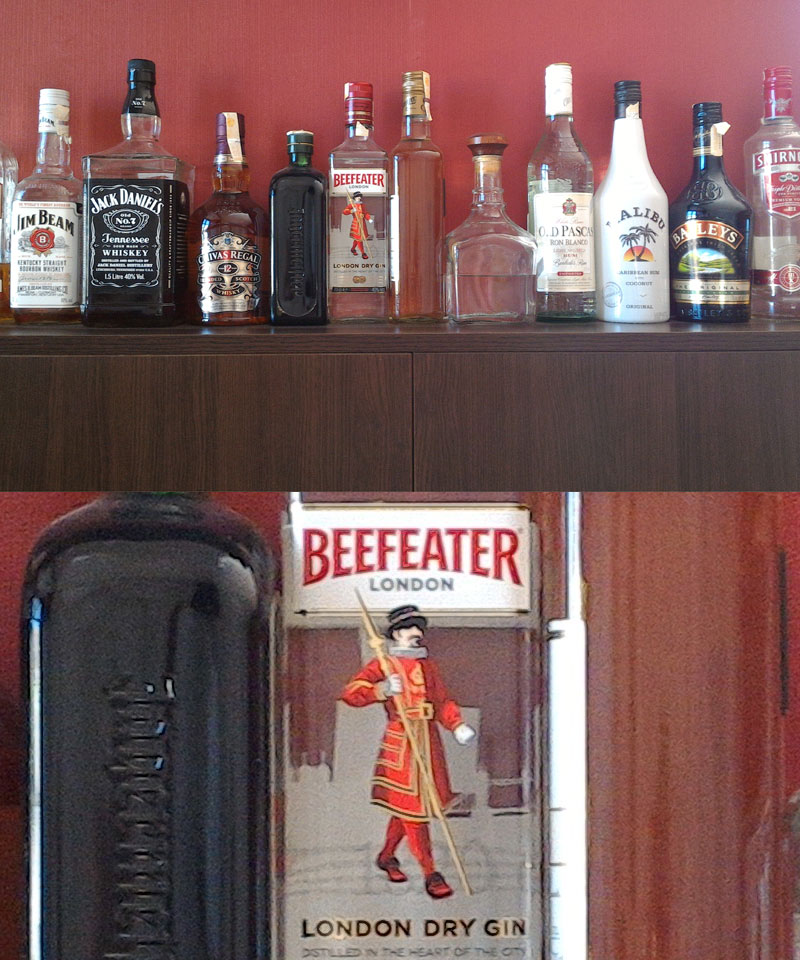
Outdoor shots are noticeably better, but simply snapping a few magnolia flowers on a lovely spring day doesn’t really tell us much about image quality. We decided to try the Zenfone 2 in a much more demanding scenario, testing dynamic range with very strong backlight, in clear skies.
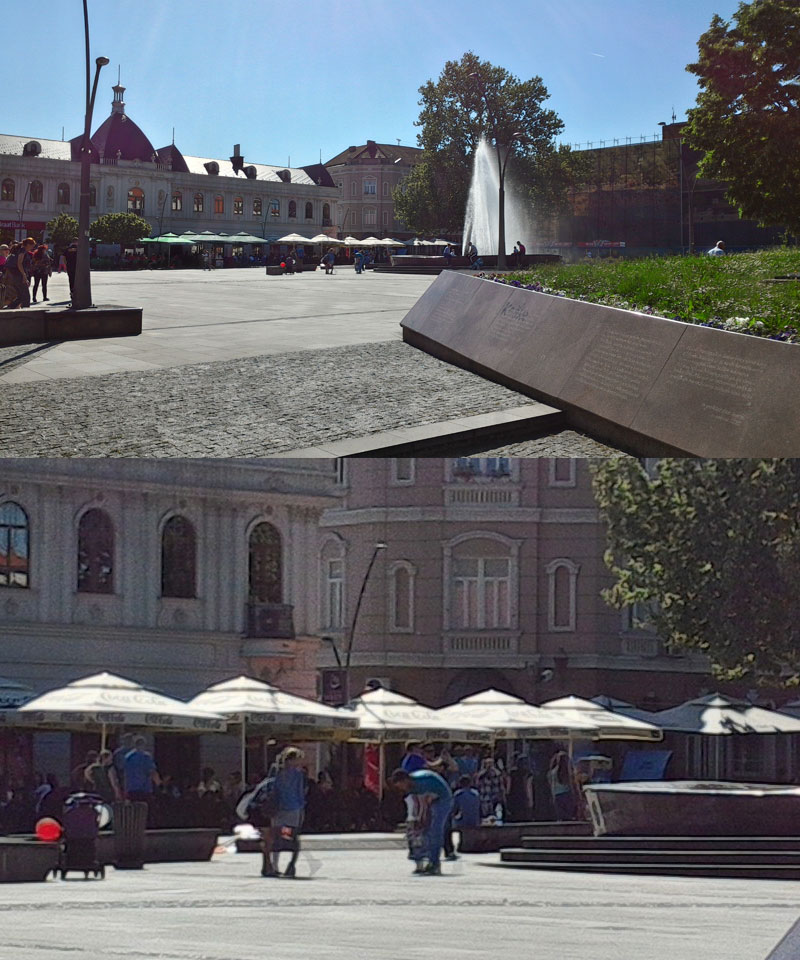
This scenario is presents a challenge not only for smartphone cameras, but proper compact cameras, so the results were average. With the sun directly in front of the lens, HDR did not help much – the camera struggled with limited dynamic range and washed out colours.
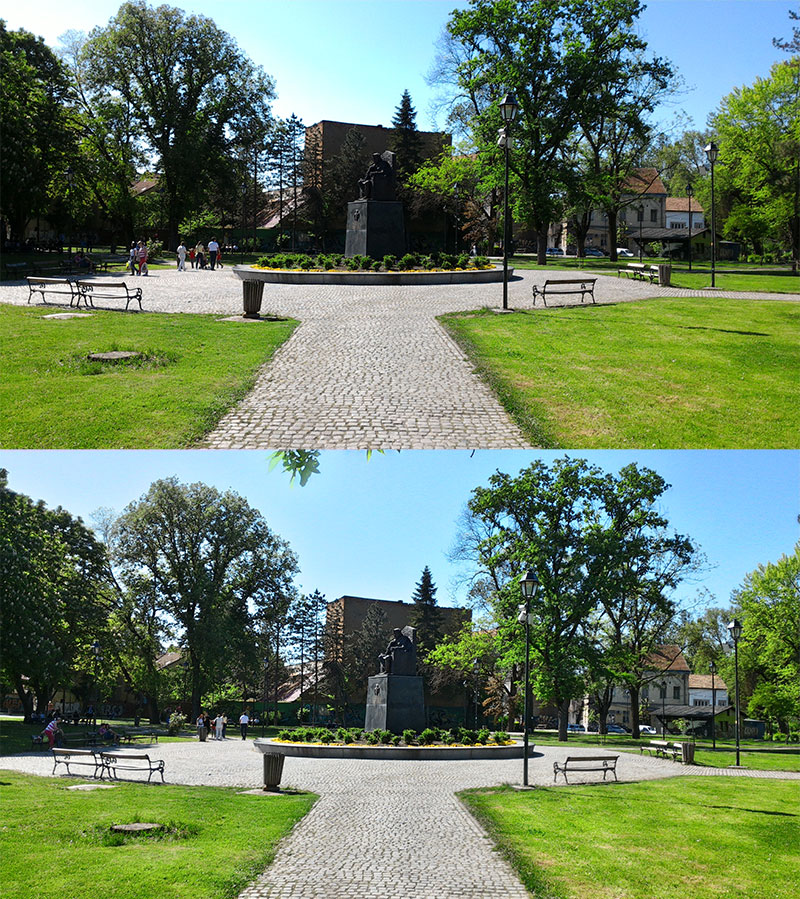
In the park, we got somewhat better results. The colours were ok, maybe even too saturated rather than washed out. The good news is that HDR is very fast and the algorithm copes with ghosting quite well.
There is no 4K video support and the camera maxes out at 1080p. Video quality is average and quite a few details are lost to compression.
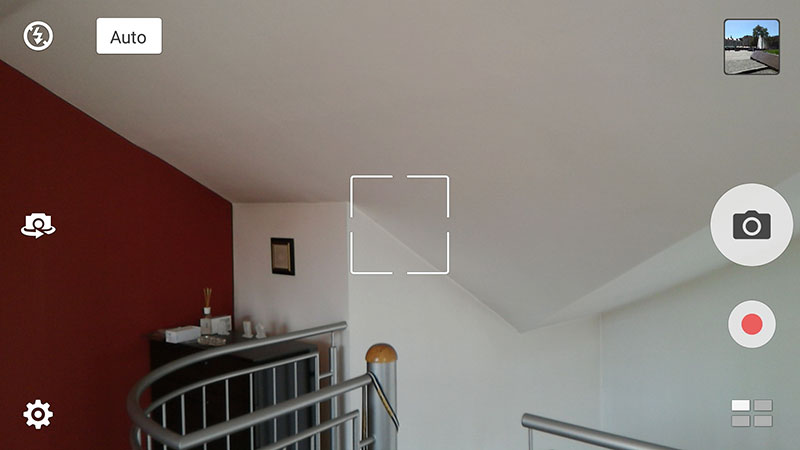
The UI is practical and looks good, no complaints here.
All in all, the camera could have been better. While it’s more than adequate on paper, the results are unimpressive and on a par with some cheaper devices. We expected a bit more, especially given the 10.9mm waistline which could easily accommodated a more advanced sensor with a bigger lens.
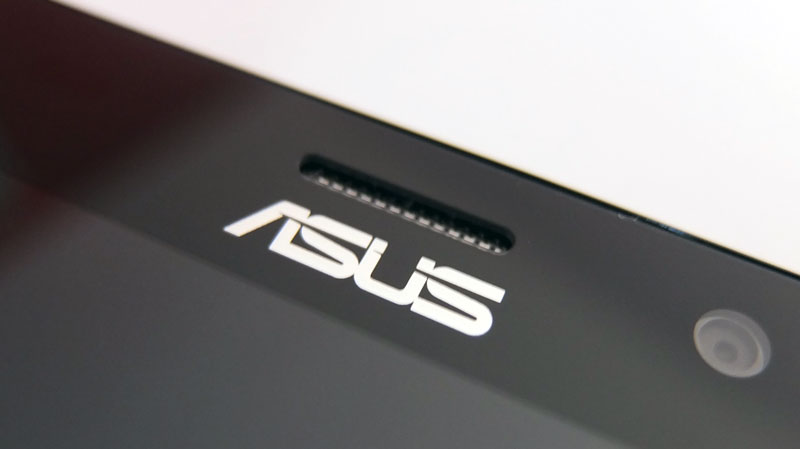
The front facing camera does a good job in most situations. The wide field of view comes in handy for group selfies, but the camera struggles in low light.

